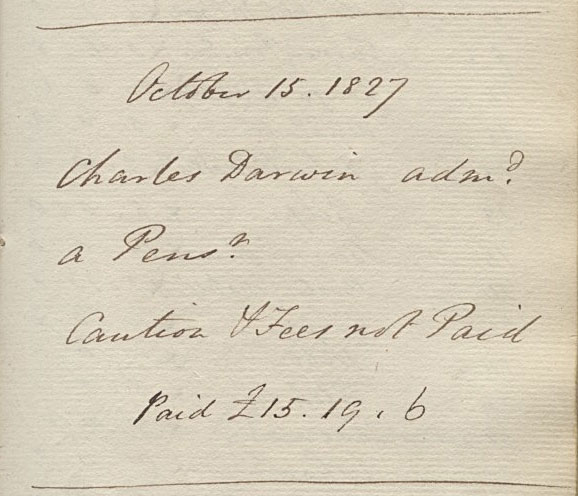From Good Morning Silicon Valley…
YouTube’s fascinating catalog of Japanese television clips is quite a bit thinner today, thanks to complaints from an organization representing Japanese copyright holders. The video-sharing site deleted nearly 30,000 files after a Japanese entertainment group requested they be removed, saying they were posted without the authorization of copyright holders. According to The Japan Society for Rights of Authors, Composers and Publishers (JASRAC), an alliance of 23 Japanese TV stations, movie and music companies, 29,549 YouTube-hosted clips were posted in violation of copyright. That’s a pittance when one considers YouTube served up an average of 100 million video streams a day during July. Given that extraordinary number, who will miss a few lizard vs. humans-in-meat-hats game show clips?
Still, this first mass removal of clips should give YouTube boosters pause, because without those 29,549 videos, YouTube is that much less compelling. And if the JASRAC’s request is the beginning of a trend, we could see YouTube becoming increasingly more vanilla as it’s forced to clean up the copyright violations that proliferate on its service. As Forrester analyst Josh Bernoff pointed out earlier this year, this is the Napster scenario all over again. “YouTube is romancing media companies, just as Napster was,” Bernoff wrote. “YouTube will take down copyrighted content if you complain, just as Napster would. And YouTube’s model is based on masses of material available without regard for copyright status, just as Napster’s was. So, mark my words, YouTube will get sued. And it will lose. The tools it is talking about, that identify and remove copyrighted content, will have to be rushed into practice. And when nearly every clip that has copyrighted content — music in the background, video of Bart Simpson, photos stolen from movie posters — is gone, YouTube’s going to be a lot less interesting.”
Exactly. As I was saying only yesterday.


